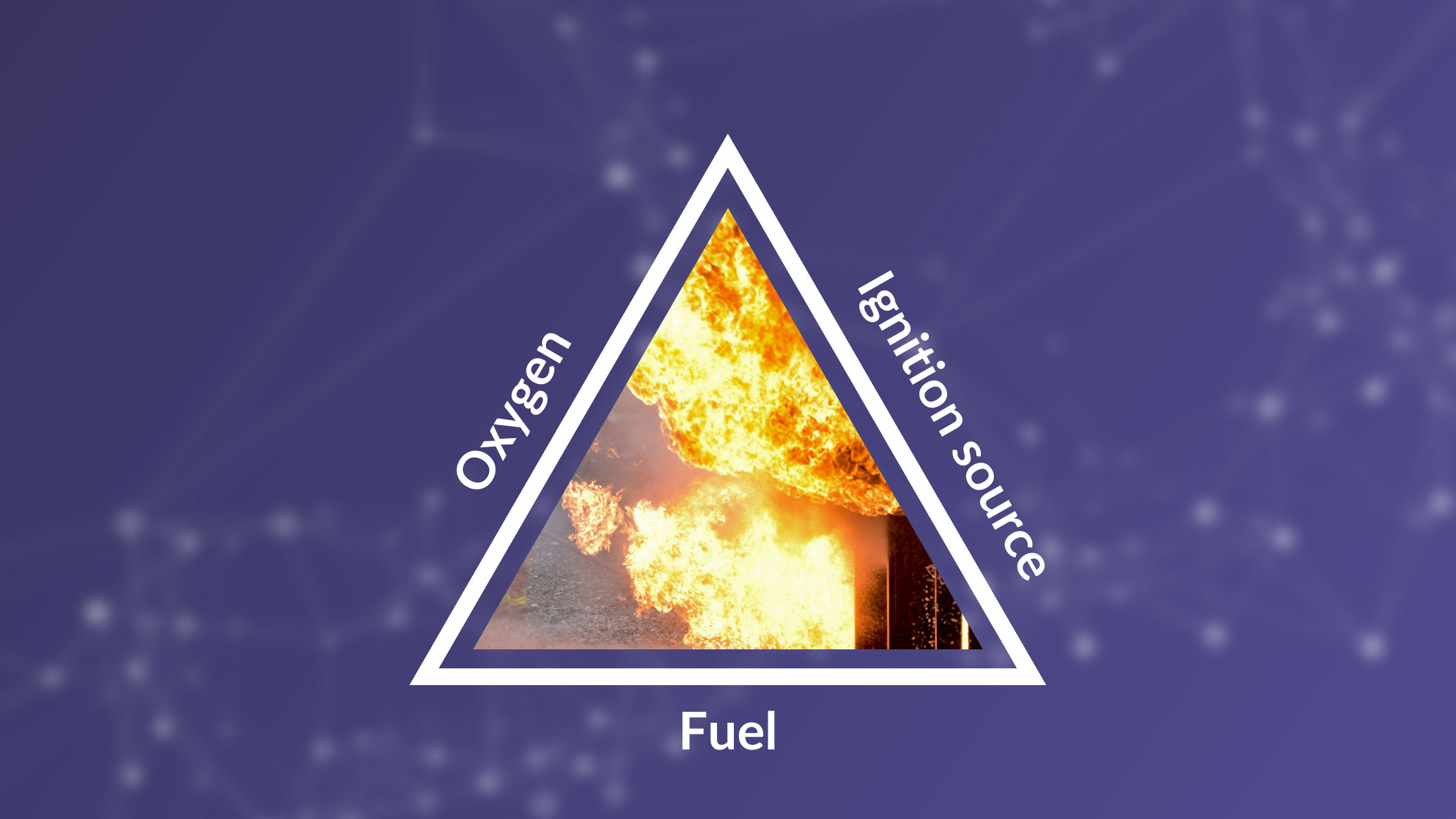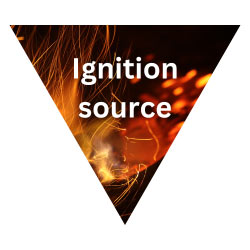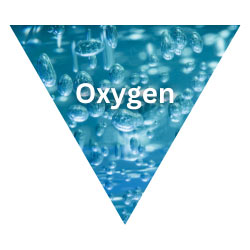
Harsh and explosive environments can pose significant risks to industrial infrastructure and safety. Effective risk management requires a grasp of the explosion triangle concept, encompassing fuel sources, ignition sources, and oxidizing agents like oxygen. This article, titled ‘Managing the Risk: Exploring Safety in Explosive Environments,’ delves into safety in harsh areas, introducing the concept of explosive atmospheres.

Explosive atmospheres can be fueled by various substances—flammable gases, vapors, dust, and liquids. These materials ignite rapidly on contact with heat, necessitating the identification and handling of fuel sources. This approach ensures protection in hazardous conditions for people, equipment, and the environment in industrial facilities.

Ignition sources, providing the initial energy for an explosion, include sparks, open flames, electrical equipment, hot surfaces, and mechanical friction. Eliminating or reducing these sources is crucial for preventing accidents in harsh industries.

Oxidizing agents, particularly oxygen in the air, play a central role in the explosion triangle. They combine with the fuel source during a chemical reaction, a critical factor in combustion. Maintaining adequate oxygen levels is essential in explosive atmospheres, as some substances act as oxidizers even without atmospheric oxygen.

Safety certifications, such as the ATEX (ATmosphères EXplosibles) directive in the EU and the global standard IECEx (the International Electrotechnical Commission System for Certification to Standards Relating to Equipment for Use in Explosive Atmospheres), are vital for ensuring safety in explosive environments. ATEX categorizes hazardous areas into zones based on the frequency and duration of explosive atmospheres. IECEx provides international guidelines, promoting consistent certifications for manufacturers and users. Adhering to these guidelines prevents accidents and safeguards people and equipment.
In summary, companies must conduct thorough risk assessments for safety in explosive atmospheres, identifying ignition and fuel sources. Safety practices include using intrinsically safe equipment, explosion-proof enclosures, dust collection systems, and adhering to ATEX and IECEx guidelines in hazardous environments. Ensuring proper electrical equipment grounding and bonding is also crucial for a secure work environment.
So you could understand that companies must conduct thorough risk assessments to ensure safety in explosive atmospheres and identify potential ignition and fuel sources. The use of intrinsically safe equipment, explosion-proof enclosures, dust collection systems, and proper ventilation controls are some of the safety practices you would think about. Remember to ensure adequate electrical equipment grounding and bonding, carefully select equipment and adhere to ATEX and IECEx guidelines when working in hazardous environments.
If you are considering taking the maximum of advantages from this proactive approach, also think about Industrial IoT. Getting real-time data and analyzing changes before they become risks are the real benefits you can obtain from the SENSA.iO sensors. Robust, adapted to the harshest environments, and possessing the highest safety certification levels, our sensors will be a valuable step on your way to ensuring a secure environment. Apply the best practices to your company with us! Learn more about IECEx
Missed the previous post on security certifications? Read it here!
Read Part 1: Guidance to certifications